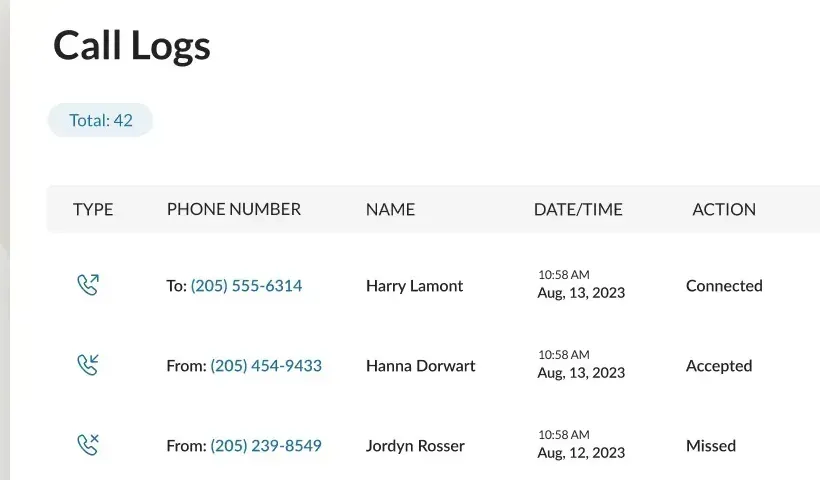4 Easy Ways to Develop Your Own First-Party Data
Applying first-party data to curated inventory can replace some of the signal loss from third-party cookie tracking.

By John Davis
Wednesday, July 24, 2024 at 11.08 a.m.
The first time I heard about using first-party data, I got worried. I looked around my desk and didn’t see any.
Gulp! Here’s another party I haven’t been invited to.
Soon, I learned I didn’t need to fret. Every website owner has first party data. Meanwhile,
publishers and retailers are absolutely swimming in it.
If you’ve heard about the advertising imperative to leverage your own first-party data in your marketing, I want you to get excited about first-party data.
Take a look at the sources of first-party data that you may already be using.
- CRM: Software solutions like HubSpot, MailChimp, or Salesforce are considered Customer Relationship Management tools. These tools can collect information about your customers and prospects, including email addresses, street addresses, and company names. Most MailChimp users haven't noticed that this system captures their customers' latitude and longitude coordinates when customers confirm their email address. This can be handy when targeting advertising via geo-fencing.
- Phone Call Tracking: Software such as CallRail, Podium, and RingCentral collect the names and phone numbers for people who call your business. With this list, you can use advertising to anonymously prompt repeat business or stay top of mind among prospects.
- Point of Sale Systems: We don’t see too many dumb cash registers anymore. Most retailers are using systems like Clover, Square, or Toast to process transactions using phone lines or the Internet. These services can capture names, phone numbers, email addresses, delivery addresses, etc. With this information, you might want to advertise to your high-ticket customers or solicit sales from customers you haven’t served recently.
- Your Website: You can choose to advertise to visitors after they come to your website — regardless of whether you use Wix, WordPress, or something else. You can even segment your prospects based on what pages they view or whether they complete a certain action on your website.
Your customers are interacting with you through all the ways above because they are interested in what you offer. After these contacts, customers expect you to meet their needs or predict their preferences.
After you collect your first-party data, you might choose advertising tactics like these:
- People-Based Marketing: We’ll use our technology to anonymously target advertising to your contacts in a privacy-compliant way.
- Lookalikes: By examining your website visitors or customer list, we can advertise to people who share characteristics with your best customers.
- Cookieless Advertising: Targeting your advertising to your list of customers and prospects is no longer dependent on third-party cookies. Now we can apply these and other targeting requirements to advertising placements with hand-selected publishers without relying on targeting data being passed across multiple platforms; it can come from the ad inventory supplier itself.
Collecting first-party data is a process that you’ve already started. Make sure your advertising partner is leveraging it for your business so you can tell your stakeholders you’ve joined the party.
Use the form below to start a conversation about collecting and leveraging your first-party data.
DOWNLOADABLE GUIDE
Make AI, Curation, and SPO Work for You
Get up to speed on how organizations are adapting to AI, Curation, and other developments in programmatic advertising.
Leverage Programmatic in 2025
Thank you for your interest. You can access the presentation here.
Please let us know if we should be working together.
Oops, there was an error sending your message. Please contact info@CrowdLouder.com.
Activate Your Audience
We will get back to you as soon as possible.
Please try again later.





